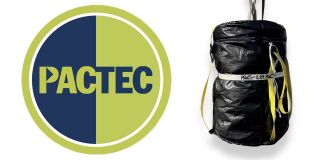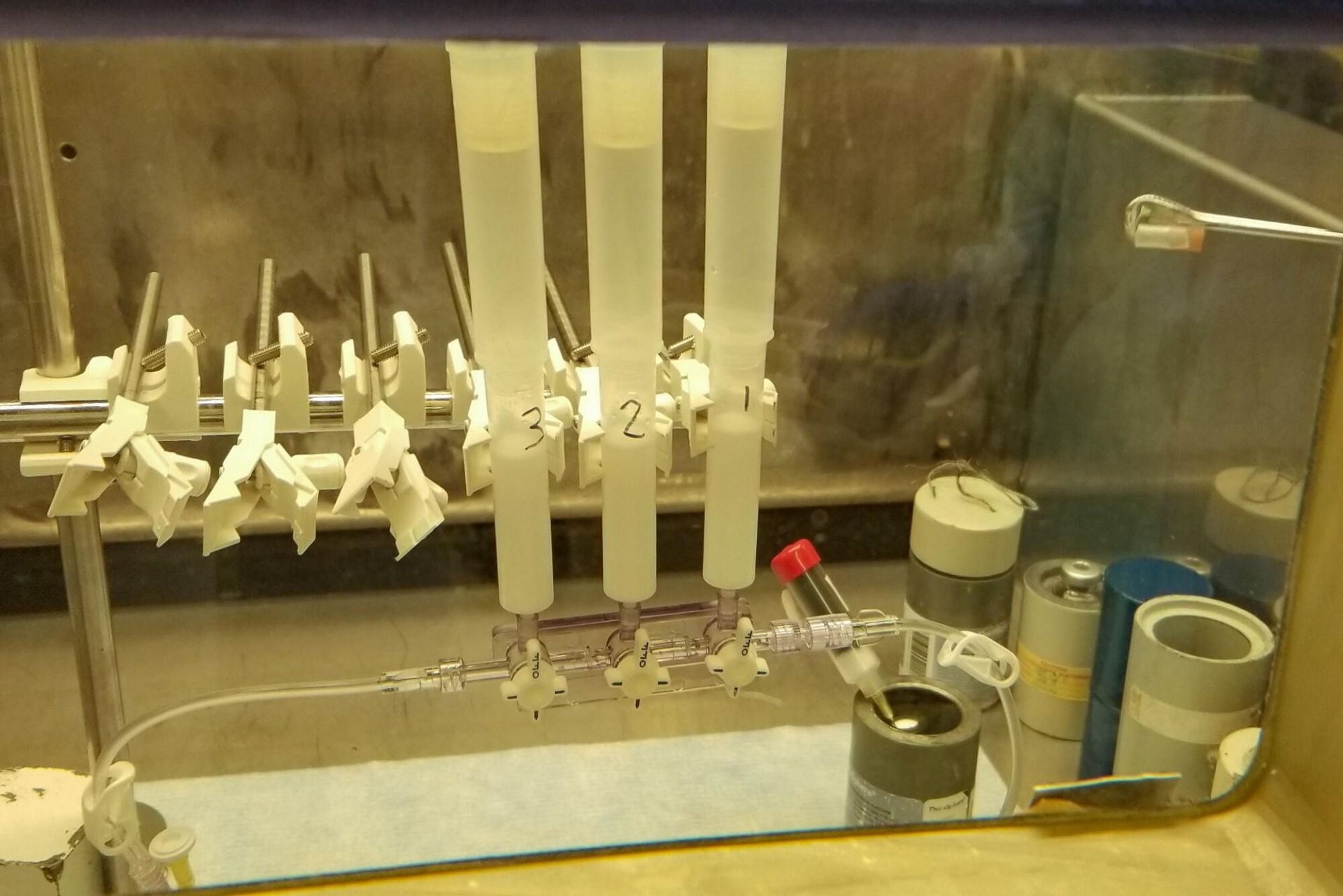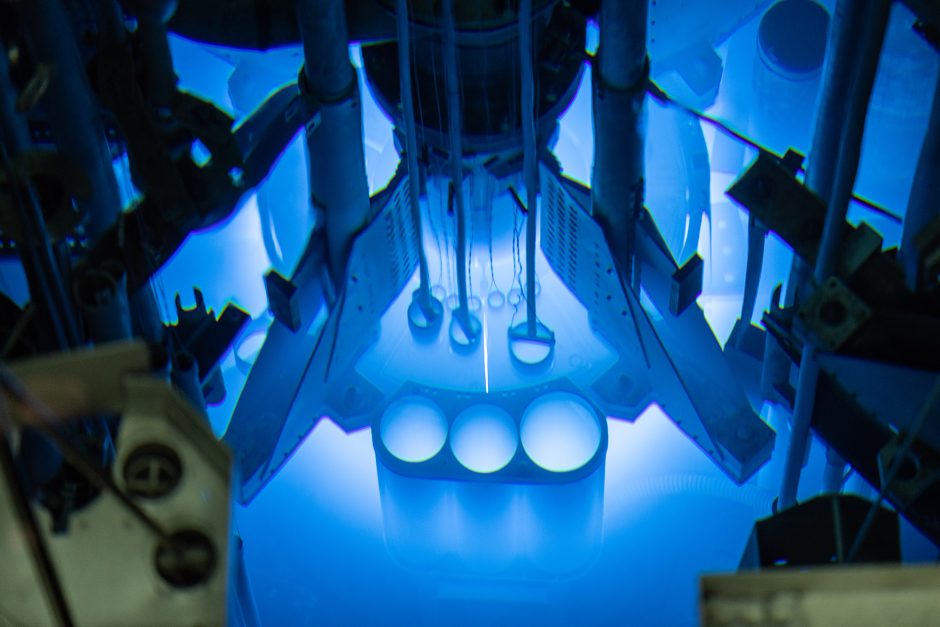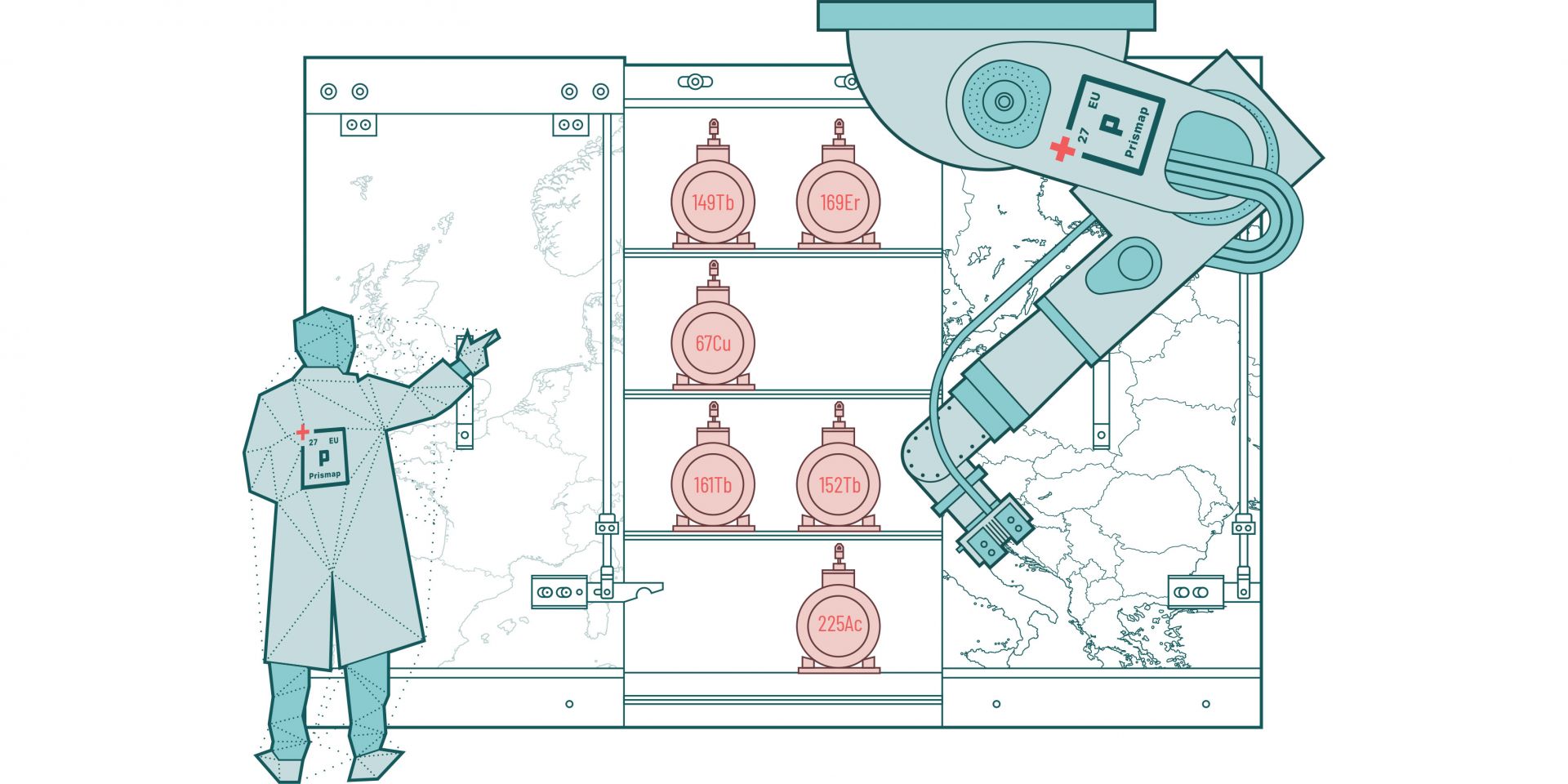Artist’s depiction of the planned Radioisotope Science Center at Discovery Ridge in Columbia, Mo. (Image: BSA LifeStructures)
The Department of Energy’s Office of Science has committed $20 million to the University of Missouri that—with a matching $20 million from the state government—will support construction of a Radioisotope Science Center (RSC) at the university’s Discovery Ridge research park in Columbia, Mo., projected for completion in early 2029. The new facility will pair the DOE’s Office of Isotope R&D and Production (IRP)—formerly known as the DOE Isotope Program—with the decades of expertise developed at the University of Missouri Research Reactor (MURR).
Darlington nuclear power plant in Clarington, Ontario. (Photo: OPG)
The Canadian Nuclear Safety Commission has amended Ontario Power Generation’s power reactor operating license for Darlington nuclear power plant to authorize the production of the medical radioisotopes lutetium-177 and yttrium-90.
A reactor operator retrieves a sample can from the MURR, as seen from above. (Photo: University of Missouri)
The University of Missouri announced today that it has signed a $10 million contract for the initial design phase of the $1 billion-plus state-of-the-art NextGen MURR research reactor project.
At-211 undergoes purification and a series of quality checks. (Photo: Don Hamlin/University of Washington)
The Department of Energy’s National Isotope Development Center (NIDC) on March 31 announced the successful long-distance shipment in the United States of a biologically active compound labeled with the medical radioisotope astatine-211 (At-211). Because previous shipments have included only the “bare” isotope, the NIDC has described the development as “unleashing medical innovation.”
NEA director general William D. Magwood IV delivers opening remarks at the Safety Case Symposium 2024 in Budapest, Hungary. (Photo: OECD NEA)
The 10 MW core of MURR contributes to the global supply of radioisotopes for medical radiopharmaceuticals and research. (Photo: MURR)
The University of Missouri Research Reactor (MURR) is the latest member of Nuclear Medicine Europe, an industry association for the radiopharmaceutical and molecular imaging industry in Europe, the University of Missouri announced July 17.
Representatives from the U.S., EU, and Japan announce the WAC at the 12th International Symposium for Targeted Alpha Therapy. (Photo: NIDC)
The World Astatine Community (WAC) was formed earlier this year during the 12th International Symposium for Targeted Alpha Therapy by representatives from the United States, Japan, and the European Union to share astatine production technology and advance science and health care. The National Isotope Development Center (NIDC), which is managed by the Department of Energy’s Isotope Program (DOE-IP), announced the news on June 15 and explained how the United States plans to help expand the global supply of astatine-211.
IBA Rhodotron TT300-HE (high energy) electron accelerator. (Photo: Business Wire)
Nuclear medicine company NorthStar Medical Radioisotopes announced that it has successfully produced molybdenum-99 at its recently completed accelerator production facility at its Beloit, Wis., campus. According to NorthStar, the event marks a major milestone in advancing the company’s proprietary electron accelerator technology for the non-uranium–based production of the critical medical radioisotope.
A clinical dose of At-211 is prepared at the University of Washington for use in a Fred Hutchison Cancer Center clinical trial. (Photo: UW/Don Hamlin)
Scientists in the Departments of Radiation Oncology and Medicine at the University of Washington (UW) and Fred Hutchinson Cancer Center (Fred Hutch) are directly targeting cancerous cells traveling through patients’ bloodstreams with diseases such as leukemia and lymphoma using an intravenous injection of the radioactive isotope astatine-211 (At-211). The work, its challenges, and its promise were described in a recent news release from the National Isotope Development Center (NIDC), which is managed by the Department of Energy’s Isotope Program.
From left, Shannon Bragg-Sitton, Paul Chodak, and Michael J. Guastella appear before the Senate Committee on Energy and Natural Resources on November 4.
As Congress awaited key votes yesterday on spending bills that include production tax credits for at-risk plants and a new amendment adding $500 million in supplemental funding over five years to increase the availability of high-assay low-enriched uranium (HALEU), the U.S. Senate Energy and Natural Resources Committee held a Full Committee Hearing On Potential Non-Electric Applications Of Civilian Nuclear Energy. Sen. Joe Manchin (D., W.V.), chairman of the committee, emphasized that “advanced nuclear reactors hold enormous potential to provide opportunity to communities across the country with zero-emission baseload power” and made it clear he expects new reactors to replace retiring coal plants in his home state of West Virginia.
Speaking before the committee were Shannon Bragg-Sitton of Idaho National Laboratory, Paul Chodak III of American Electric Power, and Michael J. Guastella of the Council of Radionuclides and Radiopharmaceuticals.
A conceptual image of collaboration across Europe. (Image: PRISMAP/SCIPROM)
Only a few of the more than 3,000 radioisotopes that scientists have synthesized in the laboratory are regularly used in diagnostic or therapeutic medicine. One significant barrier to the development of new medical radioisotopes is the difficulty of gaining access to radionuclides during the early stages of development and research. PRISMAP is a new medical radionuclide program designed to streamline that access for medical research in the European Union and the United Kingdom.
Chemist Kevin Gaddis has adapted components of a high-pressure ion chromatography system to withstand the extreme conditions of a hot cell. (Photo: ORNL/Carlos Jones)
An Oak Ridge National Laboratory researcher has built a device that can speed up the separation of the medical radioisotope actinium-225 from irradiated thorium targets and withstand the high-radiation environment of a hot cell. In July, ORNL announced that Kevin Gaddis, a chemistry technician at the lab, had built and tested a prototype and was working to secure a patent for a device that cut separations time by 75 percent.















